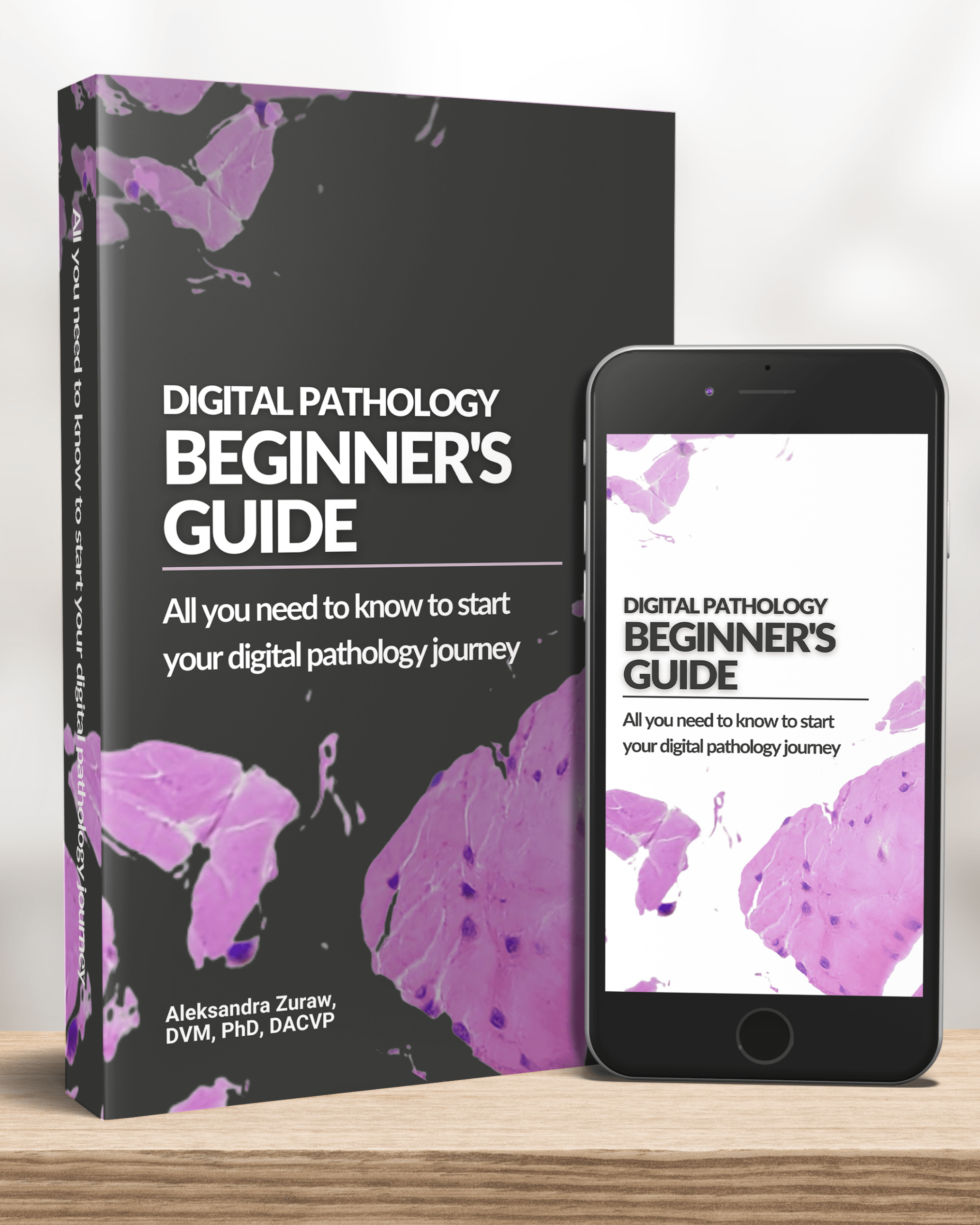Aleks: What’s the process in Japan like? You would have to submit some studies or like how do you have the conversation with your regulators?
Robert: Yeah… There’s like a. FDA.
We have PMDA, government, which regulates those all rules or the diagnostic regulation and also reimbursement.
So right now, if the hospital does not have pathologist, they can scan the image and send the image to a larger hospital with a pathologist
So make a diagnosis, then two hospitals can share [00:09:00] the reimbursement.
Aleks: Oh, okay. Yeah.
Robert: Yeah. So that’s probably big advance, future step for the digital pathology in Japan.
Aleks: Was it…
Robert: But still long way to go. Yeah,
Aleks: I, in the US, it’s still long way to go, I think across the globe, and we’re gonna talk about it in a second because.
We are at the Muse Microscopy booth and they are the sponsor of this whole series of podcasts, and they’re like the next innovation. But before we go there, I wanna ask you, when you were implementing digital pathology, when you started your revolution at your institution, what were the challenges?
What was difficult, or did everybody like come on board immediately and like it? Or what pushback did you get? How did you go about implementing it?
Robert: Implementing it? I didn’t feel much difficulty getting the machine and starting to look at digital images [00:10:00],] and as far as the reporting is the is the same format. Yeah.
Aleks: Okay.
Robert: Yeah. Then we have to look very carefully at the digital image. First, we have to be very careful about. We really watching the exact same changes
In digital image. Sometimes very small organisms were difficult to see and we have to confirm by the microscope sometimes, but now we realize some of them really, when we get used to it, we, we can look at it, but still, I have a microscope always. So anytime. I have a little question, I can easily…
Aleks: go to, you can go to the microscope.
Robert: I think that’s very important.
Aleks: And so…
Robert: Throw the microscope away, somebody said that… [00:11:00]
Aleks: No. And when I was hearing at presentations or from other podcast guests about their implementation, like their journey at their institutions, they were, there was often a period for the pathologist. Even now in the US, you don’t need the glass. The pathologist can always ask for the glass if they need it.
And also, when they were starting the whole process, they would let the pathologist always have the glass if they wanted to. Yeah. And they the timeframe when the last pathologist would say, okay, I don’t need the glass anymore, would be six months. Okay.
Robert: Oh. What do you mean by that?
Aleks: So you would have a period of six months where everybody gets the image and the glass.
And the pathologist says they themselves would say when they’re confident. Yeah. Yeah. And drop out the glass. And the latest adopters would last six months with both.
Robert: Oh, probably. Yeah.
Aleks: And then they said, okay, digital. [00:12:00] But always when there is like a, something that they want to confirm, something that they need to check.
They can ask for the glass.
Robert: Glass. Yeah. Yeah, that’s exactly what I’m saying, we have to, we can’t throw the microscope away. Yeah.
Aleks: I mean the microscope…
Robert: I don’t know, in 10 years,
Aleks: Maybe when we implement the MUSE, the microscope is also, so the whole slide scanner is actually a microscope.
It has objectives, it has all the components of a microscope. But creates a digital image instead of that, the analog that we see through the microscope. Uhhuh, how did your colleagues like the transition to digital pathology? Did you have any vibe?
Robert: It varies according to the individual. Yeah. Yeah.
Somebody still stick to the microscope. Yeah. That’s okay. Yeah. I know we need some time to everybody’s get used to this stuff. But eventually I think, you know [00:13:00] we, we, used to teach the images.














